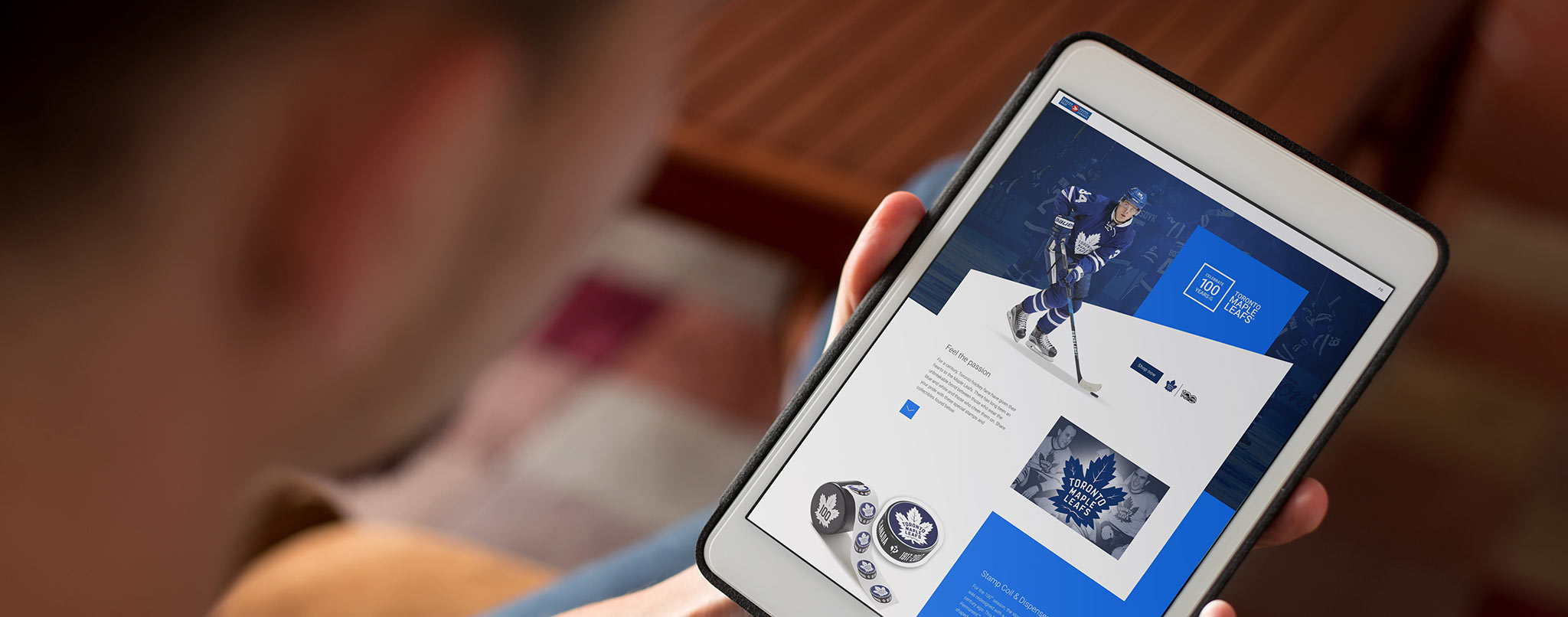
Campaign page
A campaign page aims to serve a single purpose: To support the defined goal of your campaign.
What is a campaign page?
A campaign page removes the distractions of a product page and focuses on the specific message of your campaign or promotion. The amount and kinds of information on the page should depend on the understanding of your target audience. For example, a campaign about a new product might require more of an explanation than a campaign that happens every year.
To help make your campaign page successful, consider the following guidelines.